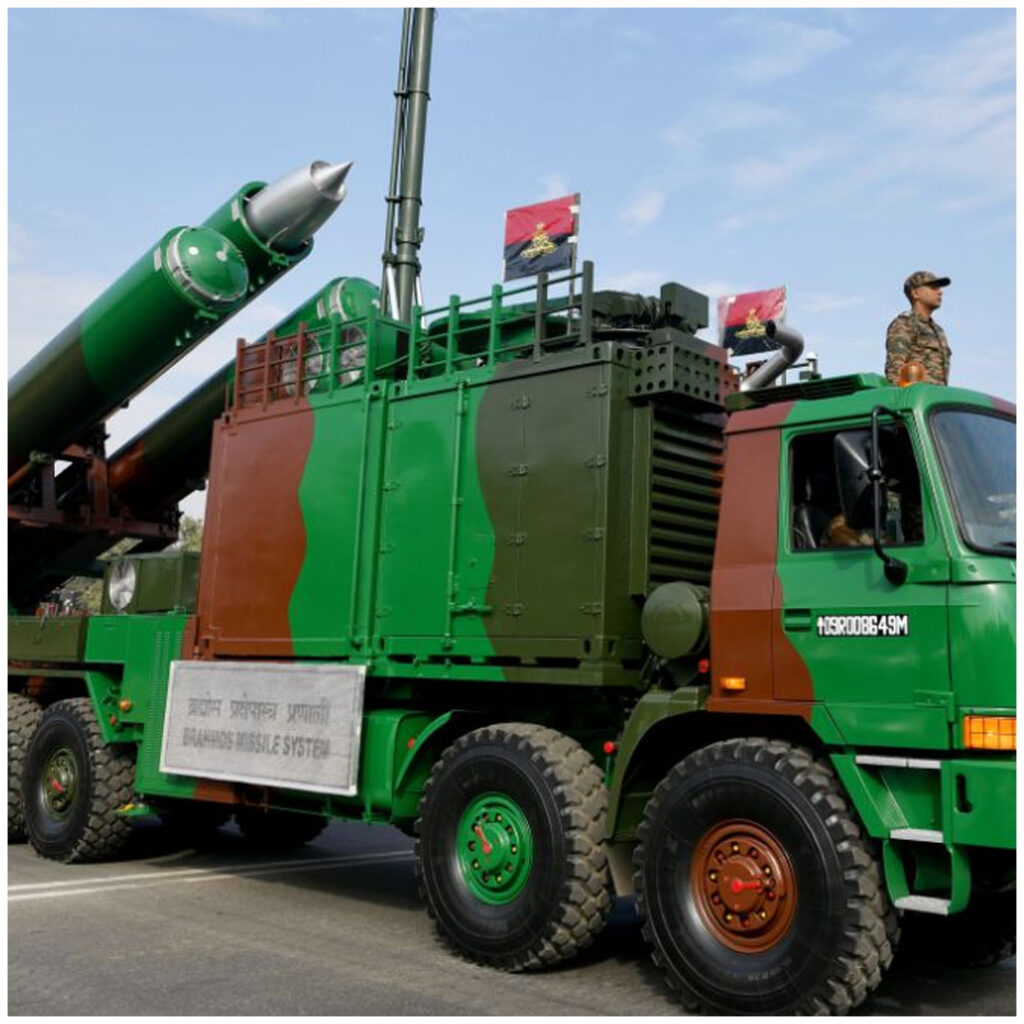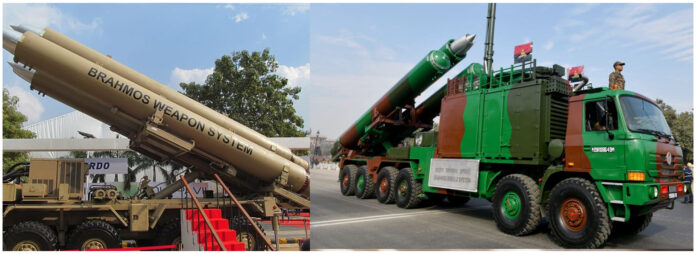India’s delivery of the BrahMos missile system to the Philippines marks a significant moment in the geopolitical landscape of the South China Sea. This transaction not only enhances the Philippines’ military capabilities but also signals India’s growing role in the regional security dynamics and its aspiration to be a major defense exporter. The following analysis explores various aspects of this development:

Overview of the BrahMos Missile System
The BrahMos missile, a product of an Indo-Russian joint venture, is named after the Brahmaputra River in India and the Moskva River in Russia. It is one of the world’s fastest supersonic cruise missiles, capable of being launched from land, air, sea, and under water. This versatility, combined with its Mach 2.8-3 speed and a 300-kilogram warhead, makes the BrahMos a formidable weapon in modern warfare. Its deployment is aimed at enhancing precision strike capabilities, making it a strategic asset for countries looking to bolster their defense.
Strategic Importance of the Philippines in the South China Sea
The Philippines’ strategic geographic location makes it a central player in the South China Sea, a region that sees a significant volume of global maritime trade. The area is also rich in natural resources like oil and natural gas. However, the South China Sea is fraught with territorial disputes, particularly involving China and several Southeast Asian nations, including the Philippines. By acquiring advanced weaponry like the BrahMos missile, the Philippines aims to strengthen its defensive posture and deter potential aggressions, especially from China, which has expansive territorial claims in the region.
India’s Defense Export Ambitions
India has been striving to expand its role as a defense exporter, seeing it as a leverage to bolster its economic and strategic stature on the global stage. The sale of BrahMos missiles to the Philippines is part of this broader initiative. This move is not only commercially beneficial but also helps India strengthen its ties with other Asian nations through security partnerships. This is in line with India’s “Look East” policy, which focuses on enhancing economic and strategic relations with East Asian countries.
Implications for Regional Security Dynamics
The introduction of BrahMos missiles into the Philippines’ arsenal is likely to alter the security dynamics of the South China Sea. This development may encourage other nations involved in territorial disputes in the region, such as Vietnam and Malaysia, to seek similar military enhancements. There is a potential risk of an arms race, which could increase regional tensions. On the other hand, it might also empower these nations to better defend their territorial integrity and contribute to a balanced power dynamics in the region.
Reactions from China and Other Stakeholders
China has criticized the deployment of BrahMos missiles in the South China Sea, perceiving it as a threat to its sovereignty and regional dominance. The move has also been closely watched by other global powers, notably the United States, which has vested interests in maintaining freedom of navigation in the contested waters. The U.S. generally views any enhancement of allied military capabilities in Asia as beneficial for regional stability and as a counterbalance to Chinese influence.
Future Prospects and Challenges
The Philippines’ acquisition of the BrahMos missiles paves the way for further military cooperation between India and other Southeast Asian nations. This development, however, comes with its own set of challenges, including the need for ongoing maintenance and training, and the integration of the system into existing military infrastructures. Moreover, while the bolstered military might help in safeguarding territorial claims, it could also escalate tensions, potentially leading to increased militarization and complexity in regional diplomacy.
Conclusion
The delivery of BrahMos missiles to the Philippines is a pivotal development with extensive implications for regional security, diplomatic relations, and the balance of power in the South China Sea. This move underscores the intricate interplay between national defense strategies and international diplomacy in one of the world’s most contentious maritime regions.






















